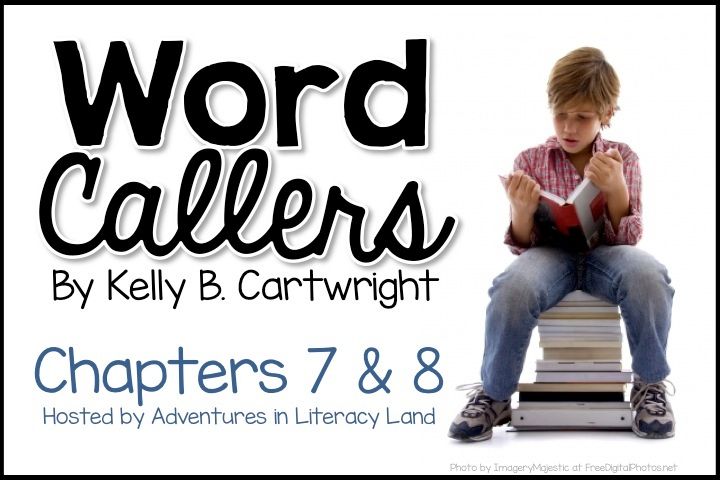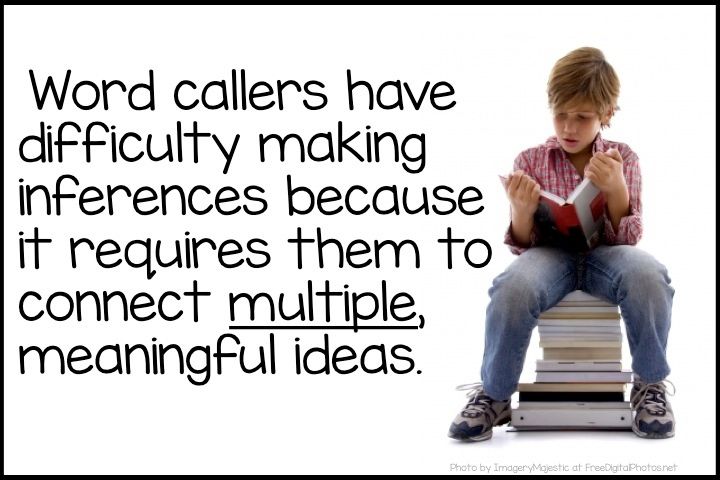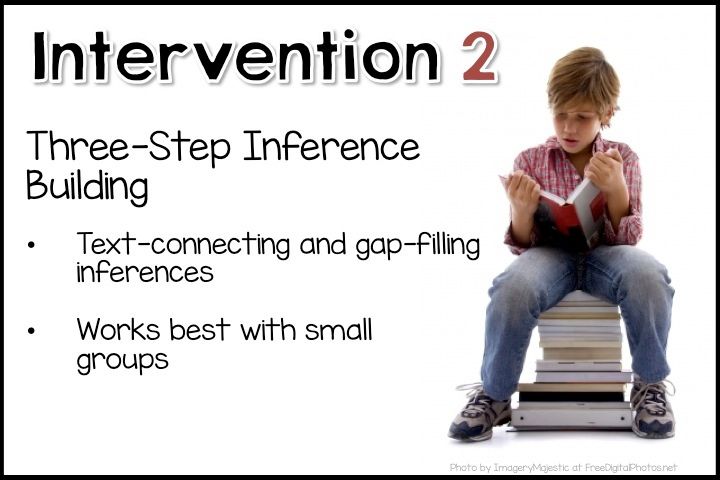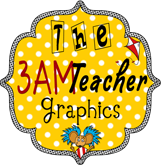I love the title of Chapter 7, "Connecting the Dots" because it is a great way to think about inferring, which is difficult for word callers.
Kelly Cartwright categorizes inferences into two types: text-connecting and gap-filling. Text-connecting inferences require a reader to connect two ideas from a text to construct an idea that is not explicitly stated in the text. Gap-filling inferences require a reader to connect their background knowledge to a piece (or multiple pieces) of text information to construct meaning. Word callers have trouble with inference because they have to connect MULTIPLE bits of information and talk/think about things that are not in the text. What can we do to help them? We need to "make students aware that there are hidden meanings in the text that must be discovered. (Cartwright, 2010, p. 98).
Working with students on an individual basis allows the teacher to provide more specific, feedback to that student. Using the two-story clue hunt, helps students make text-connecting and gap-filling inferences by using clue words in the story to create those inferences.
How it works:
- Explain to students that you will be solving a puzzle today as they read a story. To solve the puzzle we are going to look for clue words.
- Read the first story. Identify the clue words and explain what the clue words reveal about the story.
- Read the second story. The student helps you identify the clue words and explains what they tell about the story. For any clue words that the student doesn't identify, tell the clue words and work WITH them to develop an explanation.
Three-step inference building is an intensive process that spans six to seven small-group lessons that result in students becoming active thinkers.
How it works:
- Finding Clue Words (lessons 1, 2, & 3) - Students find clue words in sentences and discuss the meanings provided by the clue words.
- Question Generating (lessons 4, 5, & 6) - Students become the teacher and ask questions using the clue words that will help their fellow students make inferences.
- Making Predictions (lesson 7) - Use a story that has one sentence covered. Have students use clues from the rest of the story to determine the meaning of the sentence covered.
Without explicit instruction in how to comprehend texts, we cannot expect word callers to become active readers. We need to give these students a glimpse into the mind of a proficient reader by "actively engag[ing] students in a running conversation about texts' meanings and their own thoughts about those meaning while reading a text. (Cartwright, 2010, p. 113). We can do these through a process called Transactional Strategies Instruction where strategies are blended into a meaning-making experience rather than taught and practiced in isolation.
How it works:
Gather a small group (this a conversational type strategy) and pick a common text to read.
- Good Strategy Users - As you read the text, emphasize that good readers use strategies we can't see, highlight various strategies during the reading and explain the reasoning behind using that strategy
- MEANING IS ALWAYS THE PRIMARY FOCUS not just using a particular strategy
- Gradual Release of Responsibility - Provide a specific strategy for students to use. Before asking them to use it, explain the reasoning behind using the strategy - How does it help a reader make meaning?
- Collaborative Learning - This is a student-centered approach because the teacher releases responsibility to the students quickly. Asking questions like "What makes you think that?" and having students explain their thinking to each other.
- Interpretative Discussion - Teachers guide students' thinking by prompting them with strategy use questions instead of giving evaluative feedback. Students contributions are valued and supported.
"TSI is about changing the way you teach, not just changing what you teach. (Cartwright, 2010, p. 114).


































No comments:
Post a Comment
I would love to hear from you. Let's start a conversation.